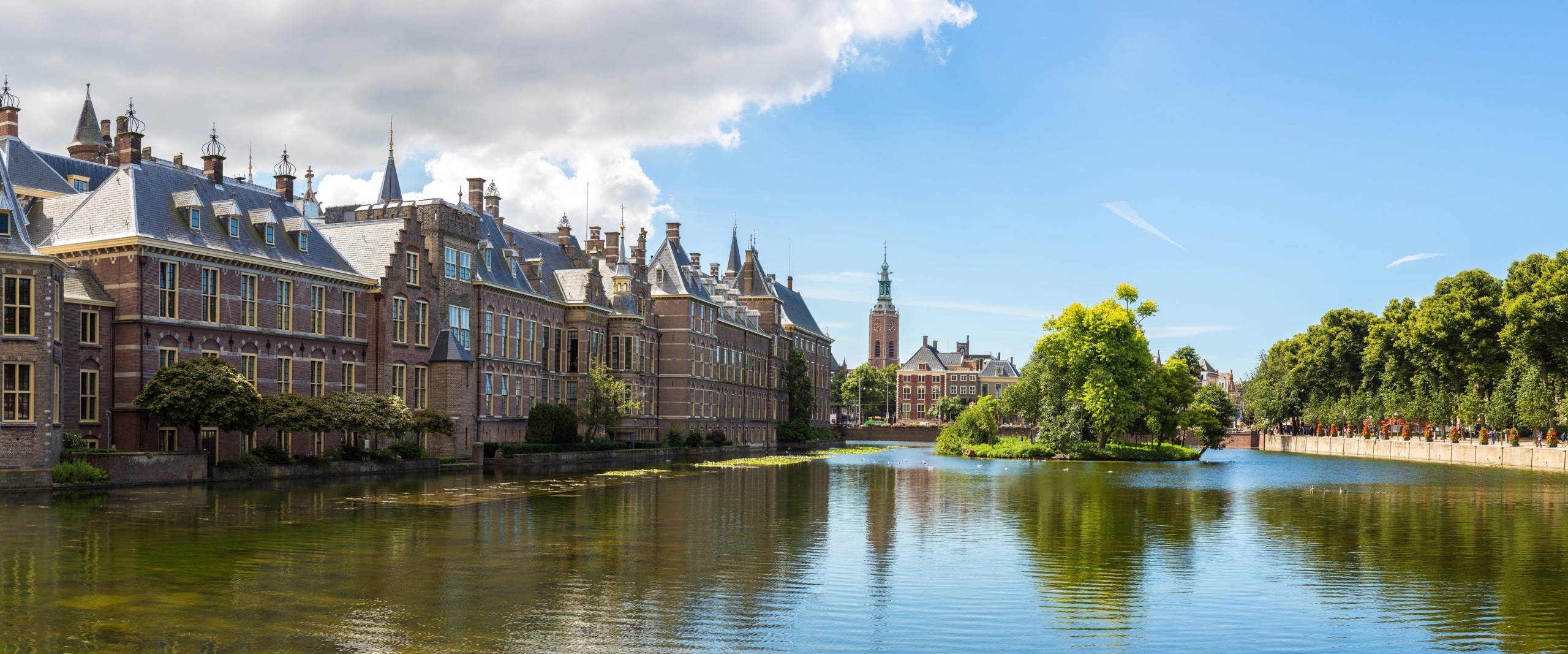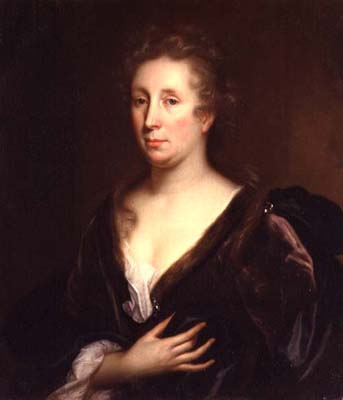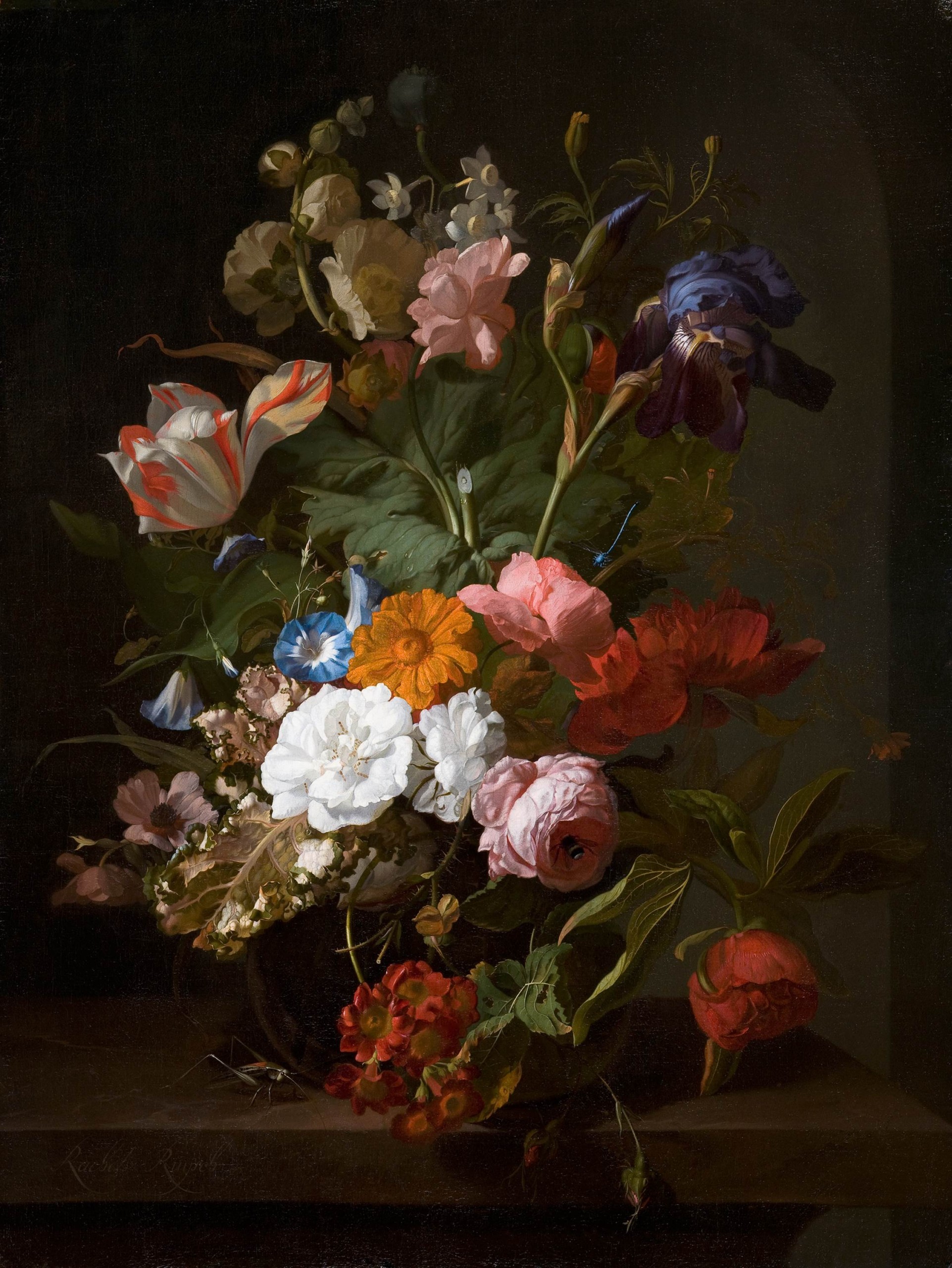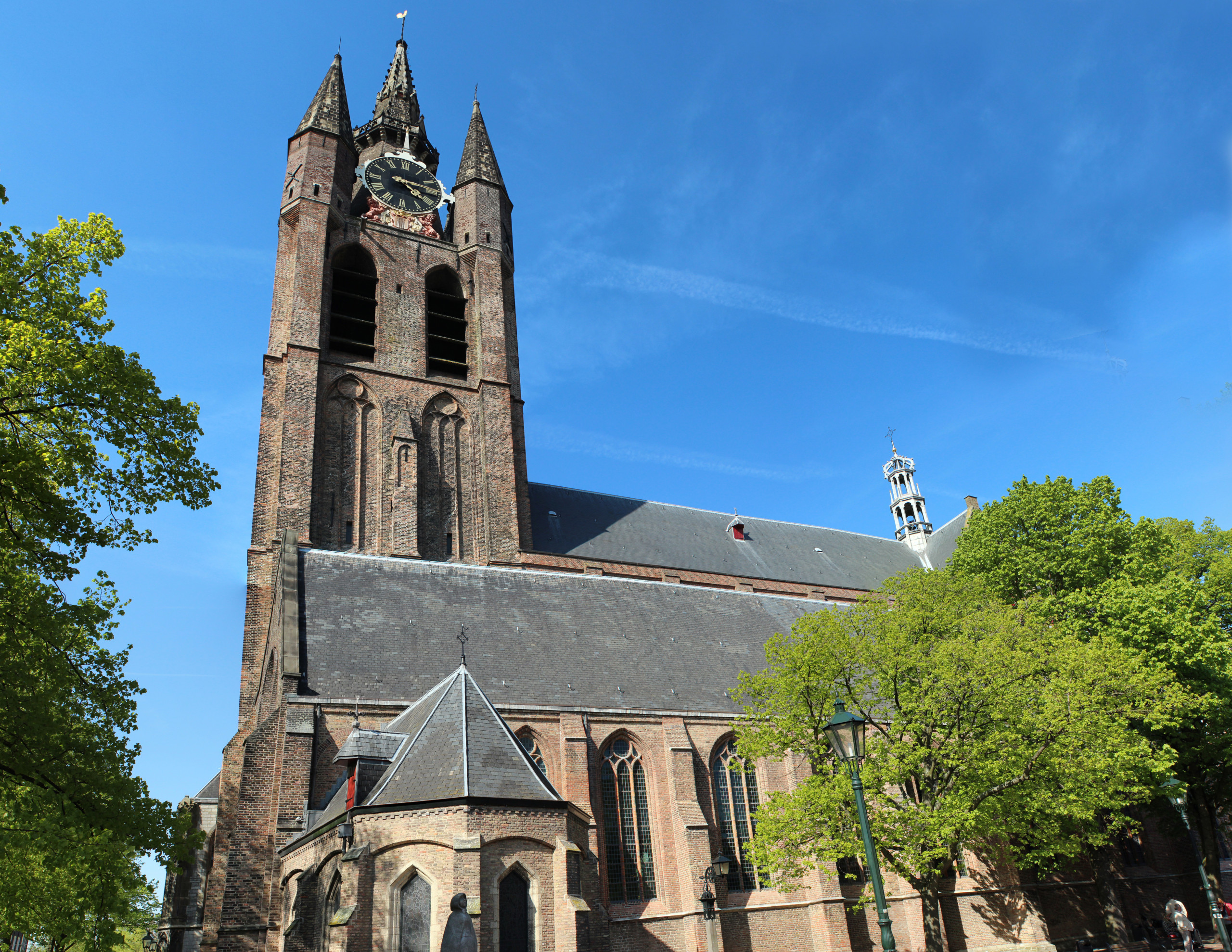On an early November day, I traveled to Den Haag, the Hague. The train route from Amsterdam’s Centraal station includes a brief stop in the strikingly beautiful station in Leiden. I was tempted to disembark the train to study the incredible architecture of this newest of Netherland’s transport stations, or to explore the many lovely canal-lined streets of the city. I was, however, committed to continue to Den Haag. This city’s many European Union headquarters did draw my interest. Instead, I headed to the Royal Cabinet of Paintings in the Mauritius Museum, often referred to as the Museum of the Dutch Golden Age.
The modern plaza that fronts Centraal station starkly contrasts the historic center of the city. It took about fifteen minutes, in the brisk fall breeze, to walk from the station to the Museum, While works of Vermeer and other masters of that Age fill this fabulous gallery, I have always had an interest in the works of female artists of the Dutch Golden Age. Rachael Ruysch’s Vase with Flowers (1700) was on my list to view and study. This work, painted in 1700, underscores her amazing talent. Both she and her husband were highly regarded members of the local Den Haag artist’s community. She was an amazing artist. Apprenticed by Willem van Aelst, she worked most of her early years with this master, famous for his incredible skill in paintings of still life. An interesting note about where Rachael and Willem worked: Van Aelst’s Studio had views of the studio of another famous female artist of the Age, Maria van Oosterwijck — a small world, indeed.
Spend some time, when you can get away from the visitors crowding around them, to view The Goldfinch (c. 1654) by Fabritius and The Girl with the Pearl Earring (c. 1665), one of Vermeer’s masterpieces.
After a few enjoyable hours in Mauritius, I walked the short distance to Jagertje, a lovely Amsterdam restaurant recommended by a friend, located at Jagerstraat 6. The arched wood entrance holds to the city’s requirement that exteriors of buildings reflect the age of construction. However, once past the door and away from the increasingly blustery weather, I entered a warm, welcoming, and surprisingly modern interior. A diverse and interesting menu partnered with a fabulous wine list created an unforgettable experience.
After lunch, I returned to the Centraal Station and headed to the city of Delft. A visit to the Royal Delft, where artisans create the world famous Delft Blue Porcelain, would have to wait for another day. My goal was to see the Oude Kerk, the Old Church of the city. Its fame stems from a variety of reasons; it survived a huge city fire in 1536, was reconfigured during the Protestant Reformation (the church was founded as St. Bartholomew’s Cathedral after construction was completed in 1246), and it somehow remained standing after the 1654 explosion of the local Gun Powder storage facility. That one cataclysmic explosion killed nearly 1200 residents of the city, including Carel Fabritius. The only sign of any effect of these events is the church’s bell tower; it leans far off vertical. This tower reminded me of a far distant structure on the island of Burano in the Venetian Lagoon, the bell tower of the Church of St. Marin Bishop. How either tower remains standing is nothing short of a miracle.
The fall sunset came early, and the temperature had dropped considerably. I tightened my scarf and jacket as snow began to fall. There is something unalterably romantic about Northern Europe in late fall and winter. The scent of home fires, the warm lights in buildings along the way, the ghostly images of passersby as they appear then disappear in curtains of snowflakes, all evoke a sense of the past. My reverie continued as I made my way toward the station.
As I approached the main entrance, I noticed a group of musicians playing stringed instruments. Vivaldi’s music echoed against the glass façade of the station, a haunting reminder of the year that the famous Italian composer spent in the Netherlands during the third decade of the 18th century. Within forty minutes, I was back in Amsterdam and after a short taxi ride, welcomed the warmth and comfort of my hotel.
Since this visit to Den Haag and Delft, I have often recalled vivid memories of art, food, and welcoming warmth while musing on those beautiful cities.
Next trip to the Netherlands, regardless of time of year, please put Den Haag and Delft on your itinerary. You will not be disappointed.




